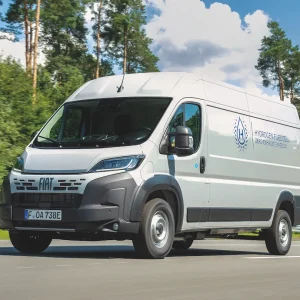A light commercial conversion can encompass a vast array of alterations and additions to the original vehicle that rolled off the manufacturer’s production line – from the installation of racking and storage solutions to the load area of a panel van or hard-top pick-up truck to the attachment of a bespoke body or load bed to the chassis, as is the case with the most common body builds, such as tippers, dropsides and Luton vans.
Around 80% of vans on the UK’s roads have undergone some form of modification, although this figure is not reflected in the number of registered conversions because minor changes, additional racks or draws, for example, will have been handled by the operators themselves.
Nevertheless, businesses are increasingly choosing to have conversions carried out at the point of purchase to ensure their vehicle is ready to go straight into operation, rather than having to wait while the work is undertaken after they have taken delivery.
There has been a shift towards manufacturer-approved conversions since the European Whole Vehicle Type Approval rules were applied in 2013 to cover the safety requirements for panel vans, chassis cabs and platform cabs.
Converted LCVs are inspected and approved by the Vehicle Certification Agency (VCA) and the Driver and Vehicle Standards Agency (DVSA).
The N1 Enhancement Scheme relieves LCV operators of the administrative burden of gaining full Type Approval for minor alterations that do not affect the vehicle’s safety, such as ply-lining or basic racking.
Whatever your requirements, whether you need to carry heavy building materials, access overhead cables or transport tools in a lightweight storage system, it is important to find the solution that best meets your needs and this guide highlights some of the leading products available to help you choose the right option.
To download the guide, click HERE





